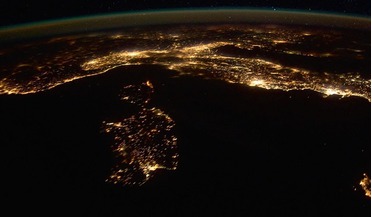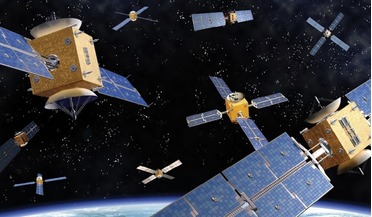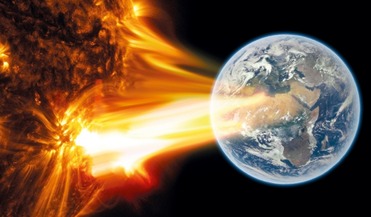 December 2014
Space for Earth: How ESA wants to use lessons learned above on the ground
December 2014
Space for Earth: How ESA wants to use lessons learned above on the ground
... aerial surveys) can already address a large part of the energy sector’s needs. On the other hand, insect swarms for instance, which have an impact on biofuel production, can already be monitored from space. The upcoming Sentinel...
 May 2017
Humanity is moving towards a new reality
May 2017
Humanity is moving towards a new reality
... to cope with a major CME event. The recent determination about the shift in Earth’s magnetic poles by ESA’s Swarm and NASA’s MMS satellites raises this concern even higher since it is the magnetic poles that shape...
 August 2017
Big science from small spacecraft
August 2017
Big science from small spacecraft
... Flashlight, NEA Scout and a third spacecraft, LunarIceCube, will all be dropped off near the Moon as part of a ‘swarm’ of up to 13 cubesats, hitching a ride on the first flight of NASA’s new heavy lift rocket, the Space Launch System...
 June 2018
Space 2080 a future perspective
June 2018
Space 2080 a future perspective
... of oceanic, terrestrial and atmospheric systems by merging spatial and aerial data - obtained via pico-drones in a swarm - along with terrestrial data obtained by crowdsourcing from millions of ‘citizen sensors’. What would this modelling actually...
 August 2018
Flouting the rules on satellite registrations
August 2018
Flouting the rules on satellite registrations
... do not coordinate with each other regarding launches, as we saw earlier this year during India’s launch of four Swarm Technologies (USA) satellites which did not have FCC authorisation. It is debatable which State will agree to be the...
 January 2019
Saving humanity – is space up to the job?
January 2019
Saving humanity – is space up to the job?
... a marked weakening in Earth’s magnetic field - verified by satellite mapping of the geomagnetosphere by the European Space Agency’s Swarm constellation and NASA’s MMS satellites - could be the start of a reversal in the magnetic poles, and computer...